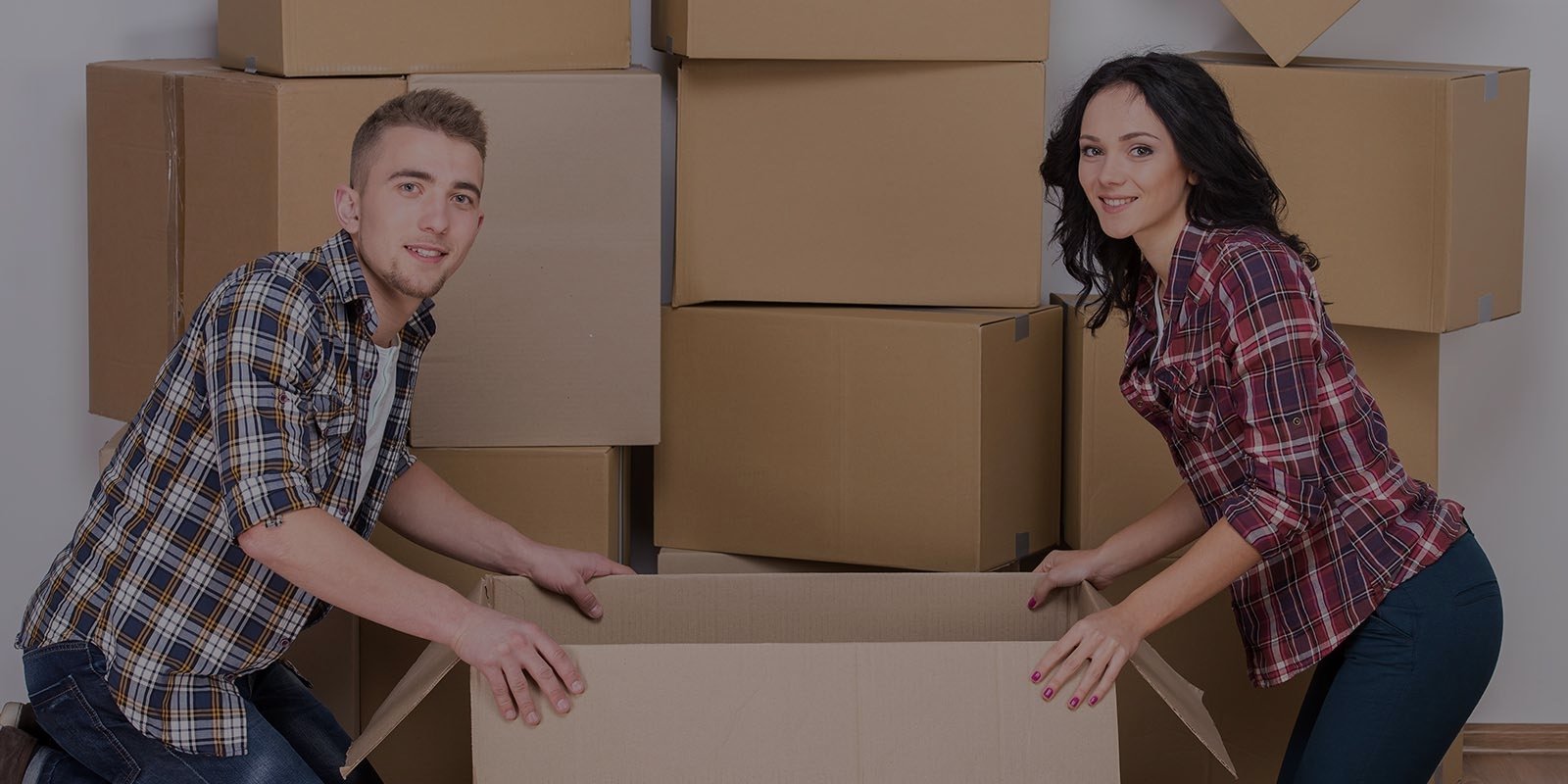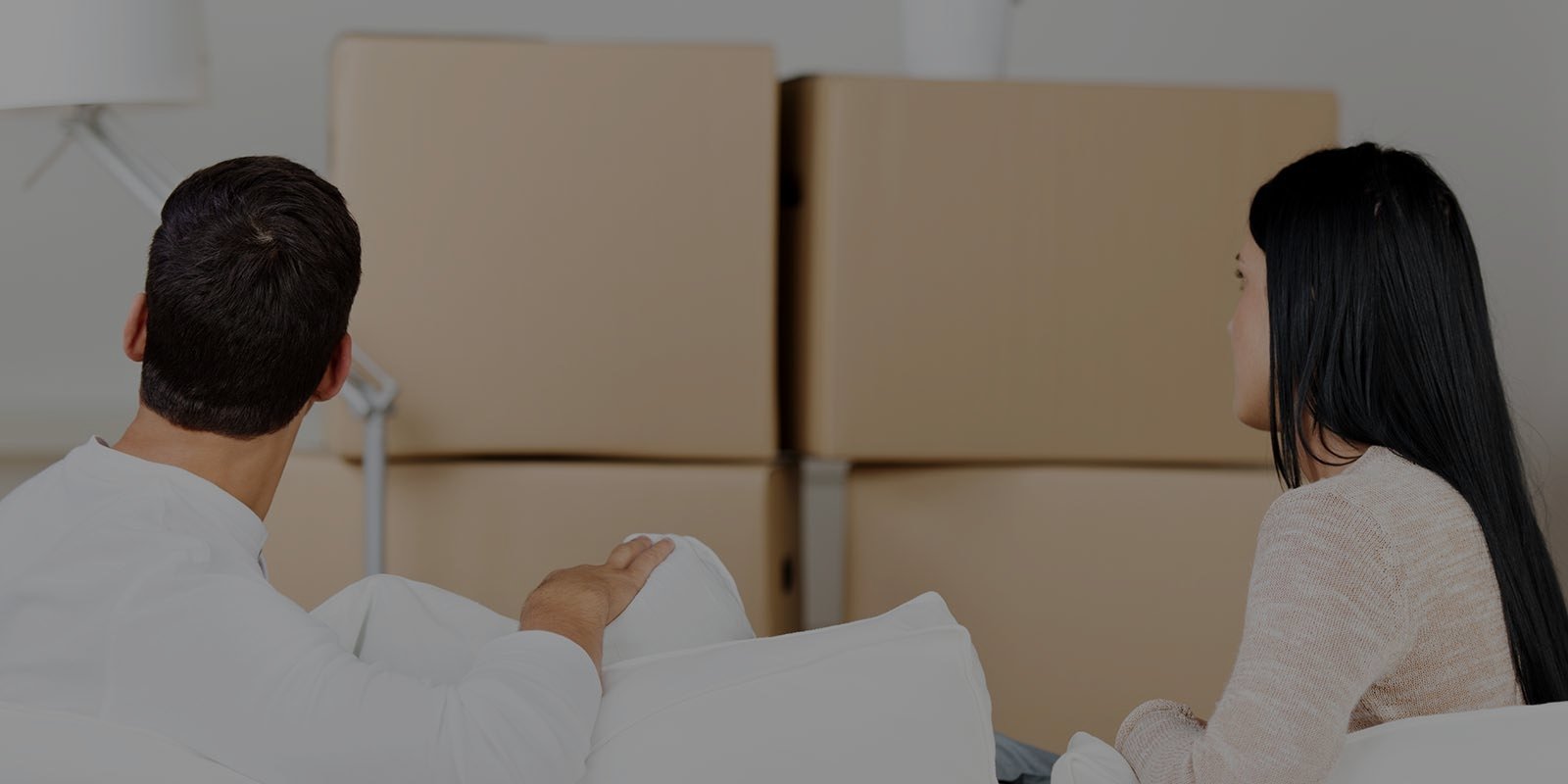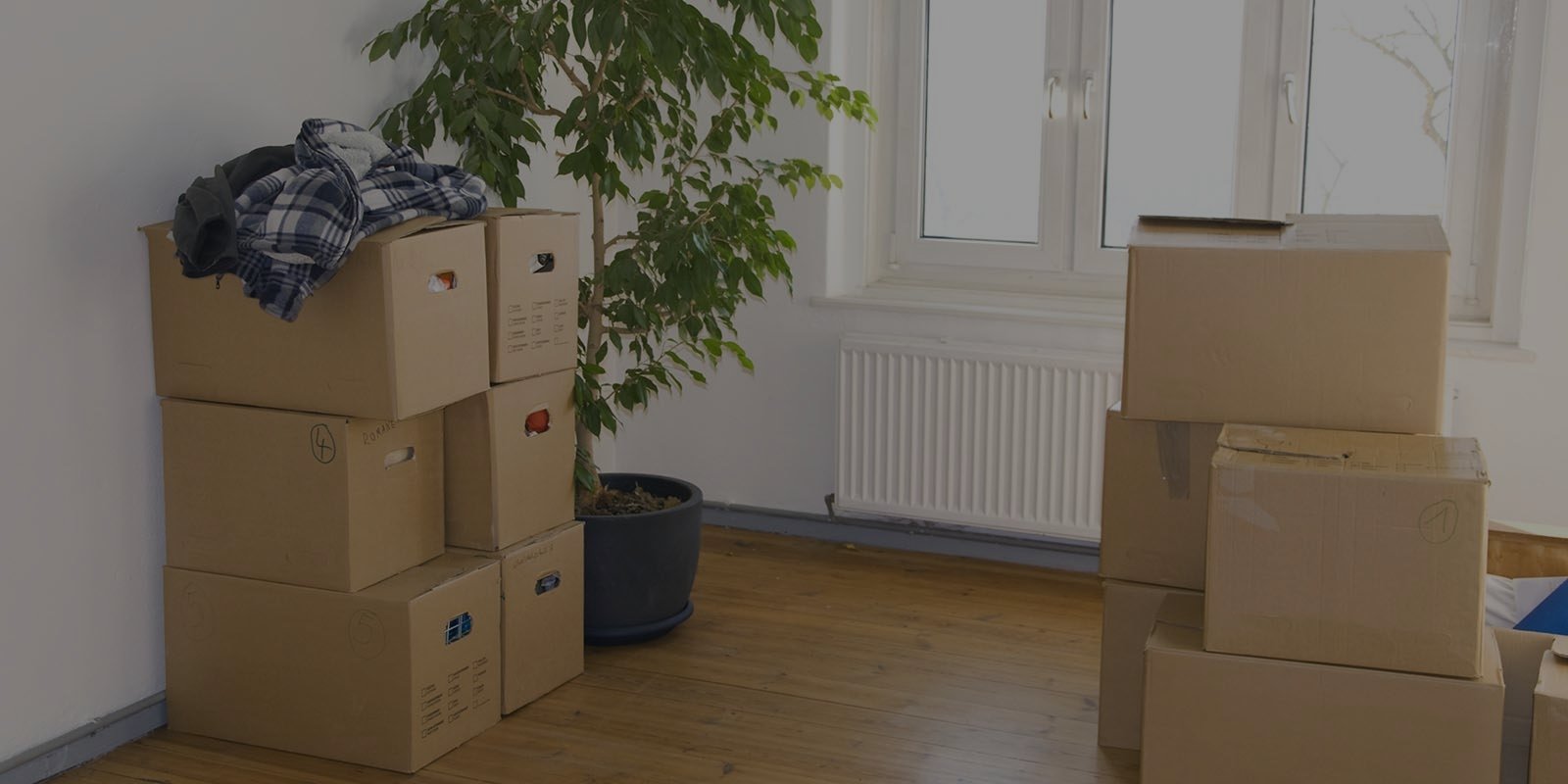Streamline Your Move with Expert Packing Techniques
Posted on 18/05/2025
Streamline Your Move with Expert Packing Techniques: The Ultimate Guide
Moving to a new home or office marks an exciting turning point -- but the process can also be overwhelming without a solid plan. The good news? You can minimize stress and maximize efficiency by embracing expert packing techniques. This detailed guide presents proven methods to help you streamline your move and ensure your belongings remain safe, organized, and easily accessible throughout your relocation journey.
Why Packing Techniques Matter During a Move
Effective packing is not just about putting your items in boxes -- it's about implementing systems that save time, reduce risk of damage, and help you settle in with ease at your new destination. Whether you're a first-time mover or a seasoned relocator, using advanced packing strategies can make a dramatic difference. From categorizing possessions and using quality materials to labeling systematically, every step counts toward a smoother transition.

Benefits of Streamlined Moving with Expert Packing Methods
- More Efficient Use of Time: Packing with intention helps you stay on schedule and prevents last-minute rushes.
- Cost-Effective: Avoid purchasing excess supplies and decrease the likelihood of breakages or replacement costs.
- Enhanced Protection for Your Items: Proper packing minimizes the risk of damage, keeping your valuables secure.
- Stress Reduction: Knowing you're organized brings peace of mind and makes unpacking at your new place effortless.
- Simpler Unpacking Process: Thoughtful labeling and systematic organization allow for a quicker, easier setup at your new home or office.
Pre-Move Preparation: Laying the Foundation
1. Declutter Your Space
Before you start packing, take a critical look at your possessions. Streamlining your move is much easier when you pare down unnecessary items. Sort belongings into categories:
- Keep: Essential and cherished items
- Donate: Gently used goods for charity
- Sell: Valuable but unwanted items
- Recycle or Dispose: Worn-out or unusable items
This thoughtful approach reduces your packing workload and transportation costs, letting you focus on belongings that matter most.
2. Assemble Quality Packing Supplies
Investing in the right supplies is vital for expert packing success. Gather:
- Sturdy moving boxes in multiple sizes
- Packing paper and bubble wrap
- Heavy-duty tape and dispensers
- Marker pens / labels for easy identification
- Plastic wrap and mattress covers (if needed)
- Furniture pads or blankets
- Ziplock bags for small parts or hardware
Tip: Avoid using old or damaged boxes as they may compromise the safety of your belongings.
3. Create a Detailed Packing Plan
Organize your packing schedule by room, starting with the areas you use least. Develop a checklist that covers:
- Pack non-essentials first (e.g., seasonal gear, decor items)
- Keep daily-use items accessible until the final days
- Assign packing tasks to family members or friends to speed up the process
Adhering to a plan means you'll always know what's done and what's left, keeping you on track from start to finish.
Room-By-Room Packing Techniques for Effortless Moving
Kitchen Packing Tips
- Use cell boxes for glassware and stemware to prevent breakage.
- Wrap plates vertically in bubble wrap for added strength.
- Bundle utensils together, but wrap sharp knives individually for safety.
- Seal open spice jars in plastic bags to avoid spills during the move.
- Pack small appliances in original boxes, if available, to maximize their protection.
Label boxes as "Fragile" wherever necessary, and highlight which side should face up.
Bedroom Packing Methods
- Keep clothes on hangers and transfer them to wardrobe boxes for a speedy transfer.
- Use suitcases for delicate or high-value items like jewelry and designer wear.
- Vacuum-seal bedding and seasonal clothes to save space.
- Disassemble furniture and put assembly hardware in labeled ziplock bags taped to the relevant furniture pieces.
Living Room Packing Advice
- Remove legs from tables and sofas to optimize space and prevent damage.
- Wrap artwork in bubble wrap and store vertically in special art boxes if possible.
- Use furniture blankets to cover and protect large items from bumps and scratches during transit.
- Secure loose drawers or doors with stretch wrap.
Take photos of electronics setups to simplify reassembly at your new place.
Bathroom Packing Essentials
- Keep a small bag of daily-use toiletries separate for easy access upon arrival.
- Seal bottle caps with tape or plastic wrap to prevent leaks.
- Group medications and first-aid items for immediate accessibility.
- Pack towels and soft items around fragile goods for extra padding.
Advanced Packing Hacks to Streamline Your Move
1. The "Double Box" Method for Fragile Items
Protect extra-delicate possessions (like heirlooms, fine china, or electronics) with a double layer of protection:
- Wrap the item thoroughly and box it in a small container.
- Place that box inside a larger, insulated box filled with packing material.
This expert packing trick dramatically reduces the risk of shocks and damage in transit.
2. Mastering the Art of Labeling and Inventory
One of the most important expert moving and packing hacks is to label every box with both its contents and the destination room (e.g., "Kitchen - Cooking Pots"). Use a color-coding system or large, easy-to-read labels for clear identification. Create a master inventory list that references every box by number -- this acts as an excellent moving checklist and helps ensure nothing is misplaced.
3. Strategic Packing of Essentials Boxes
Designate an "essentials box" for each family member, containing items needed during the first 24-48 hours at your new place. Include:
- Clothing and toiletries
- Chargers and devices
- Medications
- Important documents
- Basic utensils or snacks
Pro tip: Transport these boxes yourself instead of putting them on the moving truck for easy access.
4. Utilize Space Wisely
- Fill gaps in boxes with soft items (socks, towels, t-shirts) for extra cushioning.
- Nest smaller containers (like spice jars in pots) to save space.
- Keep weight balanced; don't overload large boxes--distribute heavy and light items appropriately.
5. Photograph Your Belongings
Take photos of valuables, electronics connections, and furniture before disassembly. This not only aids setup but can also help for insurance claims if needed.
Packing Mistakes to Avoid for a Smoother Move
- Procrastinating: Putting off packing until the last minute leads to chaos and damaged items. Start early!
- Overfilling Boxes: Heavy or overstuffed boxes are challenging to lift and more likely to break.
- Neglecting to Label: Unmarked boxes slow down the moving process and make unpacking far more complex.
- Skipping Inventory: Without a list or numbering system, tracking items becomes a headache.
- Ignoring Special Items: Items like artwork, electronics, and antiques need individualized care and packaging.
Avoiding these errors will put you well on your way to a streamlined and stress-free move.
Professional Packing Services: Should You Hire Experts?
While DIY packing can be cost-effective, sometimes hiring professional movers who specialize in expert packing techniques makes sense. Professionals bring:
- Specialized materials and know-how for even the most fragile or awkwardly shaped items
- Speed and efficiency, completing tasks in record time
- Insurance coverage for added peace of mind
- Custom crating and packing solutions for high-value possessions
Evaluate your needs, budget, and available time before deciding whether to pack yourself or engage professional help. In either case, understanding streamlined packing methods is invaluable as you coordinate the moving process.
Tech Tools & Apps to Simplify Your Move
Modern movers can benefit from digital solutions to organize and streamline relocation:
- Inventory apps (like Sortly or Moving Van) for cataloging and tracking your boxes
- Checklist apps (such as Todoist or Google Keep) for managing your packing timeline
- Label makers or printable moving labels to ensure clear identification
Leverage these tools for maximum productivity and stress relief as you embark on your next adventure.

Final Steps and Unpacking Tips
When you arrive at your new home, streamlined packing pays off with a quick, logical unpacking sequence. Here's how to proceed:
- Place boxes in their designated rooms based on your labels
- Start with essentials boxes for immediate comfort
- Unpack kitchen and bathroom first -- daily-use spaces set the foundation for settling in
- Reassemble furniture and arrange larger items before emptying all smaller boxes
- Break down boxes and dispose of packing materials responsibly
Celebrate this fresh start, knowing your expert packing ensured a smooth, organized transition!
Conclusion: Streamlining Your Move for Seamless Success
Moving doesn't have to be stressful or chaotic. By employing expert packing techniques and systematically planning every step, you'll save time, protect your belongings, and enjoy a streamline move that's stress-free and even satisfying. Whether you're upgrading, downsizing, or making a long-distance transition, these packing strategies -- from smart labeling and decluttering to mastering the right materials -- are your keys to a successful relocation.
Start early, plan thoroughly, and let your next chapter begin with confidence. Happy moving!







